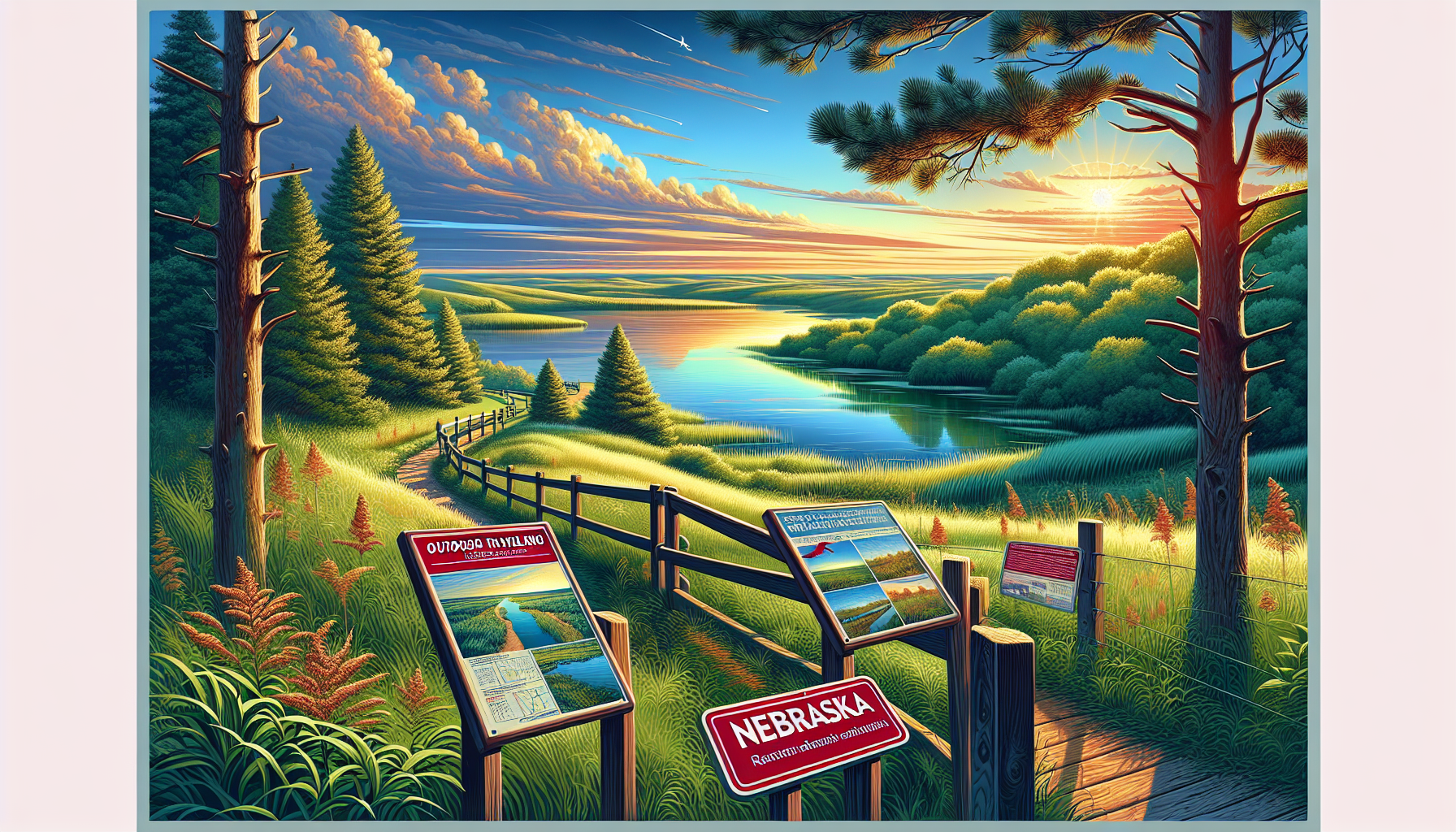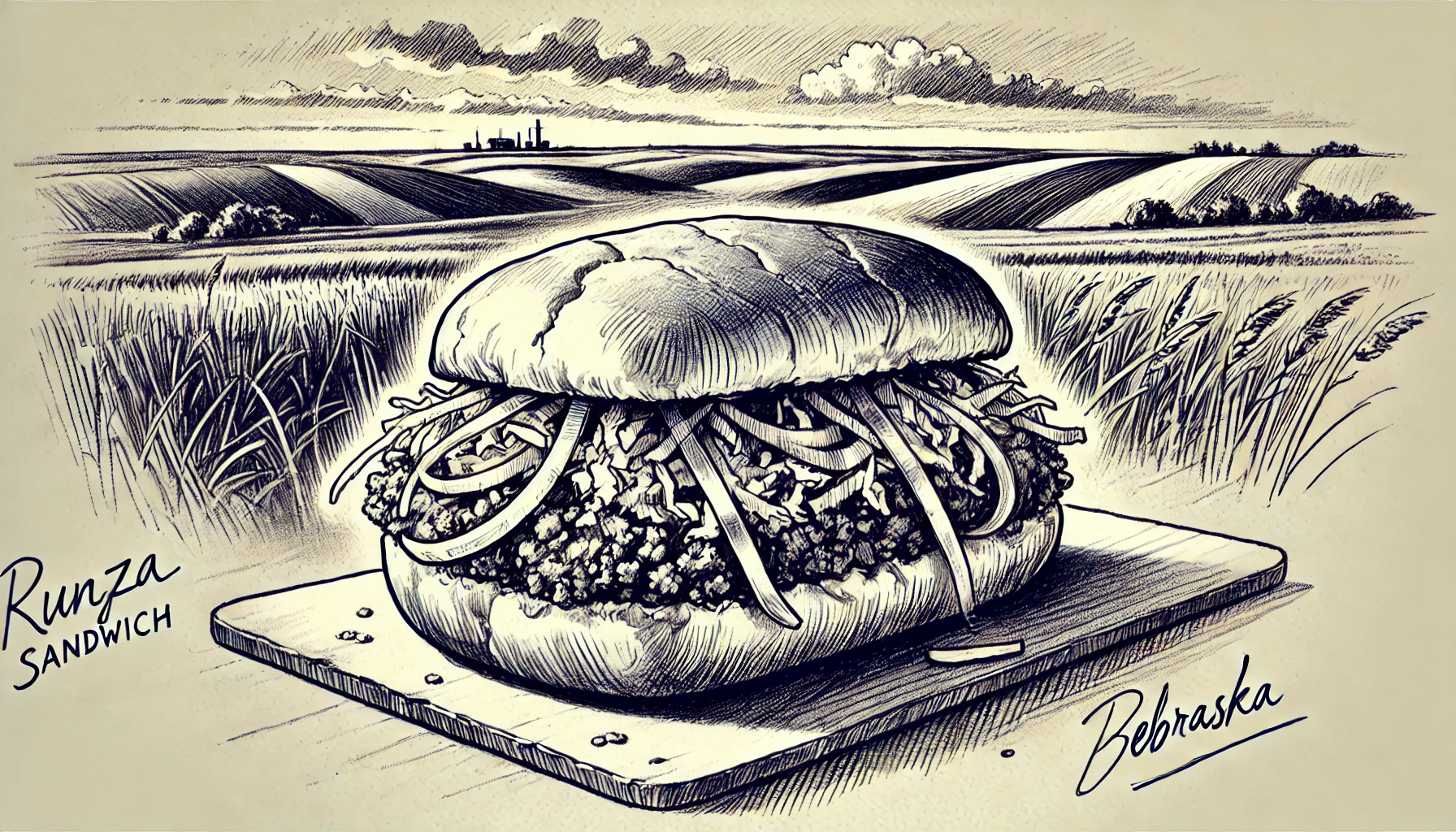Nebraska Badlands Geology

Traveling through the Nebraska Badlands, located in the northwestern part of the state, is like taking a journey back in time. The unique geology of this region is shaped by the erosion of ancient rock formations and is characterized by distinctive landforms, such as the famous Toadstool Park in the Oglala National Grassland near Crawford, Nebraska. These formations, known as hoodoos, are made of soft, clay-rich rock that has been weathered over millions of years, revealing underlying hard rock layers.
The Nebraska Badlands are situated in the northern Great Plains region, which was once covered by the Western Interior Seaway, a vast body of water that existed during the Cretaceous period, about 100 million years ago. Over time, this sea deposited layers of shale, sand, and limestone sediments, which have since been uplifted and eroded into the landscape we see today. For example, the Chadron Formation in the Pine Ridge region, also known as the 'Pine Ridge Escarpment,' is a distinctive layer of rock that consists of massive, thick sandstone beds overlain by thin, limestone layers. This type of layered formation, also known as a 'updip,' is a common feature of the Nebraska Badlands.
Another prominent geological feature in the region is the Ogallala Formation, a Pleistocene-era gravel-filled sediment that was deposited during the last ice age, approximately 20,000 to 100,000 years ago. The Ogallala Aquifer, which underlies this formation, is the largest underground water source in the Great Plains, supplying numerous streams, lakes, and wells. It is estimated that this aquifer holds enough water to cover the entire Great Plains region with over one foot of water.
The Arikaree group rocks, composed of sandstone, conglomerate, and shale, date back to the early Oligocene, about 30 million years ago. These rocks are rich in fossil remains of small mammals, reptiles, and plants that lived in this region during this time. Similarly, the Brule Formation, also of the early Oligocene period, is widely recognized for its well-preserved fossil mammals, including giant beavers and other mammalian cousins of present-day animals. It is through the study of these rock layers and the fossils contained within that paleontologists and geologists have developed a greater understanding of the evolution and adaptations of ancient life forms.
The Oglala National Grassland, located in northern Nebraska near the South Dakota border, encompasses a unique Badlands terrain known as the high prairies and canyons or 'badlands.' These rolling hills and rugged canyons were formed as a result of heavy rainfall washing over softer rock formations, wearing away surface layers to reveal steeper-walled underlying hard rock layers. This process is repeated twice each year as the Platte River and Keyhole Reservoir control reservoir waters flood upstream during periods of heavy precipitation.
Specific areas of unusual interest in the Nebraska Badlands are certain sections near Johnson Lake in the north central region and Chimney Rock National Historic Site in west-central Nebraska. The former exists as rounded masses of less weathered concretionary Tertiary sediments out of softer surrounding sediments to which has formed unusual rock forms indicative of those such as the above-mentioned hoodoos. The later on the other hand exists as large rock masses formed through chemical processes weathering tough rock as granite often does resisting the physical activities weathering and finally becoming a part of 'through.' Of interest is such geology remains more stable also offering high vantage for viewing opportunities a large number of other distant site features.
Traveling south from the Badlands area the trail winds through mixed forests including coniferous woodlands reaching, prairies and deciduous growth until finally it meets the Sandhills.
The Nebraska Badlands are situated in the northern Great Plains region, which was once covered by the Western Interior Seaway, a vast body of water that existed during the Cretaceous period, about 100 million years ago. Over time, this sea deposited layers of shale, sand, and limestone sediments, which have since been uplifted and eroded into the landscape we see today. For example, the Chadron Formation in the Pine Ridge region, also known as the 'Pine Ridge Escarpment,' is a distinctive layer of rock that consists of massive, thick sandstone beds overlain by thin, limestone layers. This type of layered formation, also known as a 'updip,' is a common feature of the Nebraska Badlands.
Another prominent geological feature in the region is the Ogallala Formation, a Pleistocene-era gravel-filled sediment that was deposited during the last ice age, approximately 20,000 to 100,000 years ago. The Ogallala Aquifer, which underlies this formation, is the largest underground water source in the Great Plains, supplying numerous streams, lakes, and wells. It is estimated that this aquifer holds enough water to cover the entire Great Plains region with over one foot of water.
The Arikaree group rocks, composed of sandstone, conglomerate, and shale, date back to the early Oligocene, about 30 million years ago. These rocks are rich in fossil remains of small mammals, reptiles, and plants that lived in this region during this time. Similarly, the Brule Formation, also of the early Oligocene period, is widely recognized for its well-preserved fossil mammals, including giant beavers and other mammalian cousins of present-day animals. It is through the study of these rock layers and the fossils contained within that paleontologists and geologists have developed a greater understanding of the evolution and adaptations of ancient life forms.
The Oglala National Grassland, located in northern Nebraska near the South Dakota border, encompasses a unique Badlands terrain known as the high prairies and canyons or 'badlands.' These rolling hills and rugged canyons were formed as a result of heavy rainfall washing over softer rock formations, wearing away surface layers to reveal steeper-walled underlying hard rock layers. This process is repeated twice each year as the Platte River and Keyhole Reservoir control reservoir waters flood upstream during periods of heavy precipitation.
Specific areas of unusual interest in the Nebraska Badlands are certain sections near Johnson Lake in the north central region and Chimney Rock National Historic Site in west-central Nebraska. The former exists as rounded masses of less weathered concretionary Tertiary sediments out of softer surrounding sediments to which has formed unusual rock forms indicative of those such as the above-mentioned hoodoos. The later on the other hand exists as large rock masses formed through chemical processes weathering tough rock as granite often does resisting the physical activities weathering and finally becoming a part of 'through.' Of interest is such geology remains more stable also offering high vantage for viewing opportunities a large number of other distant site features.
Traveling south from the Badlands area the trail winds through mixed forests including coniferous woodlands reaching, prairies and deciduous growth until finally it meets the Sandhills.
